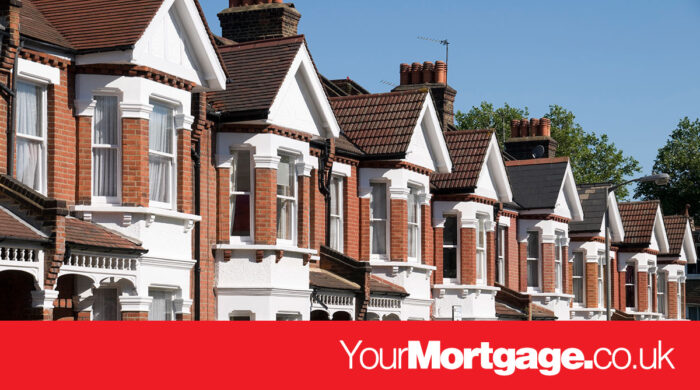High loan to value (LTV) home loans – in this case, 99 per cent mortgages – could hit the homebuying market once again, after ministers revealed plans to support first-time buyers.
Plans to introduce a scheme in which borrowers could take out 99 per cent mortgages to buy a home are reportedly being considered by the government ahead of Chancellor Jeremy Hunt’s Spring Budget on 6 March, according to reports from the Independent.
Pros and cons of 99 per cent mortgages
Currently first-time buyers paying high rents struggle to save a mortgage deposit, with lenders generally requiring 10 per cent of the property price.
Mark Harris, chief executive of mortgage broker SPF Private Clients, was broadly in favour in the move.
He said: “99 per cent mortgages could be a good idea in the appropriate circumstances.
“With added stamp duty costs, a 99 per cent mortgage can look identical to a 95 per cent mortgage for previous generations.
“Add in the fact that saving for a deposit for those renting these days is almost impossible, this could be a great solution.
“There are 100 per cent mortgages available today – for example, Skipton Track Record, which uses the evidence of long-term rent payments as part of its affordability basis and assessment. Also, Barclays Springboard, albeit using equity in a guarantor’s house, so net loan-to-value is lower.
“Unlike 100 per cent mortgages in the past, lenders now have more stringent assessments to perform to assess affordability and stressing. There is less risk of borrowers over-stretching themselves.”
However, other pundits described the move as a “short-term political fix” and argued that one per cent deposits would push up house prices further and not solve the problem.
Jonathan Rolande, founder of the National Association of Property Buyers, said: “In the short-term, it may produce a honeymoon where some young people who could not afford to (before) get on the ladder and are very happy.
“Giving people money to go out and buy, it means they are all competing with each other for the same limited number of homes, so it will push up prices. In a few years’ time we’re back with the same problems – a shortage of housing.”
